The Mid-Century Style is an iconic design movement that has captivated audiences for decades. Emerging during the post-World War II era, this style focused on simplicity, functionality, and elegance, which continue to influence modern interiors. But what exactly defines Mid-Century Style? Let’s dive into the origins, defining features, and reasons why it remains beloved in modern design.
Understanding the Mid-Century Style
Origins of Mid-Century Style
The Mid-Century Style originated in the post-World War II era, spanning from approximately 1945 to 1965. This period was marked by optimism, innovation, and a fascination with futuristic design, driven by rapid advancements in technology and materials. Architects and designers from this period sought to create spaces that felt fresh, modern, and practical, with a focus on serving everyday needs.
Key figures such as Eero Saarinen, Charles and Ray Eames, and Florence Knoll were instrumental in shaping the Mid-Century aesthetic. These designers championed minimalism, comfort, and practicality, creating timeless furniture pieces that blended functionality with aesthetic appeal. Mid-Century designers were also deeply influenced by Bauhaus principles, which emphasized clean lines, simple forms, and a seamless integration of beauty and utility.
Defining Characteristics of Mid-Century Style
Mid-Century Style is defined by several hallmark features that continue to resonate with design enthusiasts:
- Clean lines and minimal ornamentation: Mid-Century Style favors simplicity, with straight lines and gentle curves replacing excessive embellishments. This approach fosters a sense of harmony and balance, creating interiors that feel spacious and uncluttered.

- Functional, uncluttered spaces: Mid-Century design emphasizes practicality, with every piece of furniture serving a specific purpose. Storage is often cleverly integrated into furniture, maintaining a minimalist look while keeping belongings organized and out of sight.
- Integration with nature and use of natural materials: Mid-Century interiors often feature large windows that blur the line between indoors and outdoors, allowing for ample natural light. Natural materials like wood, leather, and stone are commonly used, reinforcing the style’s organic appeal.
Key Elements of Mid-Century Interior Design
Furniture in Mid-Century Style
Furniture is perhaps the most iconic aspect of Mid-Century Style. Characterized by clean lines, organic shapes, and functional designs, Mid-Century furniture pieces remain popular in modern homes.
- Iconic pieces: Furniture like the Eames lounge chair, the Noguchi coffee table, and the Saarinen Tulip chair are quintessential examples of Mid-Century design. These pieces are not only visually striking but also crafted to provide comfort and support.
- Design details: Many Mid-Century pieces feature tapered legs, low profiles, and fluid shapes, inspired by natural forms. These features lend an airy and sophisticated feel to interiors, creating spaces that are stylish yet welcoming.

Color Palette of Mid-Century Style
The color palette in Mid-Century Style combines earthy tones with pops of vibrant colors, creating a balanced yet dynamic look.
- Earthy base tones: Natural wood finishes, warm browns, and shades of beige provide a neutral backdrop, creating a calming effect.

- Bold accents: Bright colors such as mustard yellow, burnt orange, teal, and olive green are often used as accent colors. These hues add personality and contrast, making each room feel lively and engaging without overwhelming the senses.
The combination of neutral and bold colors allows homeowners to play with accents while maintaining a cohesive, harmonious design.
Materials and Textures
Mid-Century design places a high emphasis on quality materials and craftsmanship, favoring natural textures and durable materials.
- Common materials: Teak, walnut, and oak are frequently used woods in Mid-Century furniture, valued for their rich tones and durability. Metal, glass, and leather are also popular, often combined to create pieces that are both functional and beautiful.

- Blending materials: Mid-Century Style is known for its creative use of mixed materials. For instance, wood and metal are often combined to achieve a sophisticated look that’s both organic and industrial.
The emphasis on high-quality materials ensures that Mid-Century furniture and decor are not only beautiful but also built to last, reinforcing the style’s enduring appeal.
Mid-Century Style in Modern Homes
Adapting Mid-Century Style to Modern Spaces
One of the reasons Mid-Century Style remains popular today is its ability to blend with modern design elements. Many homeowners appreciate the style’s clean lines and timeless forms, which fit seamlessly into contemporary spaces.
- Blending with contemporary design: Modern homes often integrate Mid-Century pieces as statement items, like a bold armchair or a stylish sideboard. These pieces provide a sense of character and history, while also complementing contemporary furnishings.

- Choosing statement pieces: When adopting Mid-Century Style, focus on selecting a few statement items that embody the era’s design philosophy. This approach prevents the space from feeling overly vintage, instead creating a balanced, modern look with Mid-Century accents.
Tips for Creating a Mid-Century Look
To achieve an authentic Mid-Century look, consider these tips:
- Choose iconic furniture and statement pieces: Start with essentials like a Mid-Century sofa, armchair, or coffee table. These items set the tone for the room and provide a foundation for adding other Mid-Century-inspired decor.
- Incorporate wood and natural finishes: Choose furniture made from warm woods like teak or walnut, or add accents with natural materials like woven rugs and leather throws. These details create a cozy, inviting atmosphere while emphasizing the style’s organic roots.

- Mix textures and colors mindfully: Pair neutral tones with bold, primary colors in decor items like cushions, wall art, or curtains. This approach balances the space, adding depth and personality without overcrowding the room.
Why Mid-Century Style Remains Popular Today
Versatility and Timeless Appeal
The Mid-Century Style remains popular because of its adaptability and timeless charm. The simplicity of its forms and its focus on function make it easy to incorporate into various interior styles, from minimalist to eclectic.
- Complements various interiors: Mid-Century furniture works well in both traditional and modern settings, making it a versatile choice. For instance, a Mid-Century armchair or table can bring warmth and character to an otherwise modern room, enhancing the overall aesthetic.

- Functional and aesthetic value: The emphasis on practical, uncluttered design appeals to today’s homeowners who seek balance and organization. Mid-Century furniture is often multifunctional, such as storage pieces that combine style and utility.
Sustainability and Quality Craftsmanship
In an age where sustainability is highly valued, Mid-Century Style’s focus on quality craftsmanship and durable materials resonates with eco-conscious consumers.
- Durability and eco-friendliness: Mid-Century furniture is often made from high-quality materials that stand the test of time. This durability reduces the need for frequent replacements, making it a sustainable choice for those seeking long-lasting furniture.

- Eco-friendly aspect of vintage furniture: By purchasing vintage or second-hand Mid-Century pieces, homeowners contribute to a circular economy, reducing waste and promoting sustainability. The timeless nature of Mid-Century design ensures these pieces never go out of style, adding both character and eco-friendliness to interiors.
Conclusion
The Mid-Century Style continues to captivate people around the world, embodying a blend of simplicity, elegance, and functionality that resonates in today’s homes. From its origins in the post-war era to its integration in contemporary spaces, Mid-Century Style offers timeless appeal with a practical focus on durability and aesthetics. You can easy to choose a items with mid-century styles in SpryInterior.
If you’re considering adding a touch of Mid-Century charm to your home, start with iconic furniture pieces and a neutral color palette. Mix in bold accents and natural materials for an authentic look that reflects the style’s enduring beauty. Embracing Mid-Century Style means appreciating craftsmanship, quality materials, and a design philosophy that values simplicity, making it an ideal choice for creating a balanced, harmonious space in any modern home.


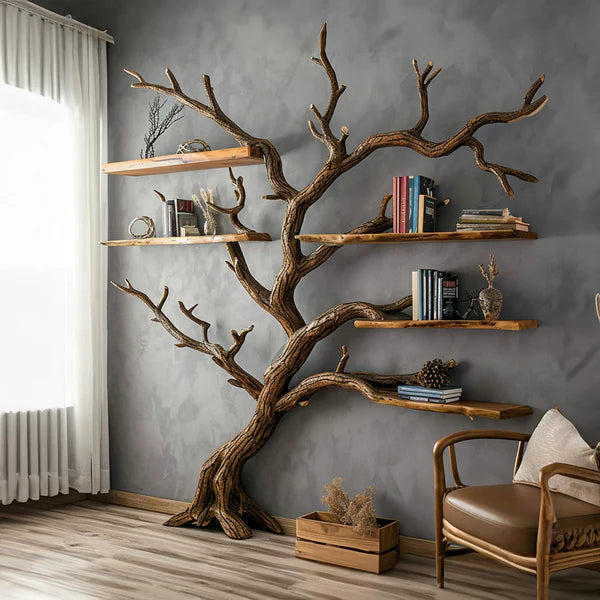
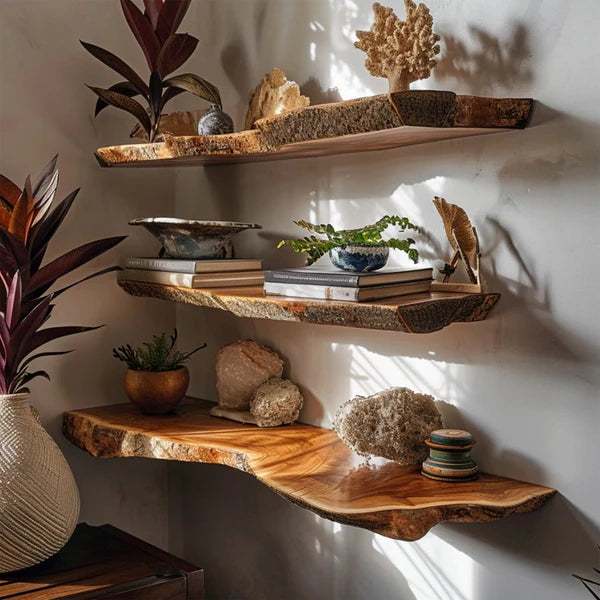
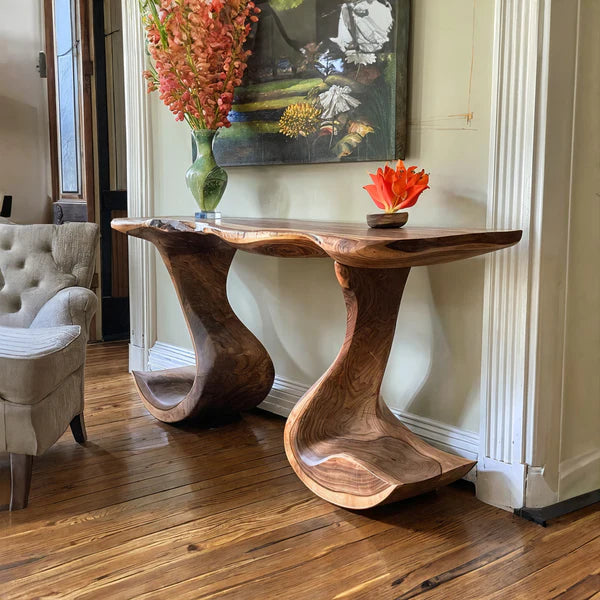
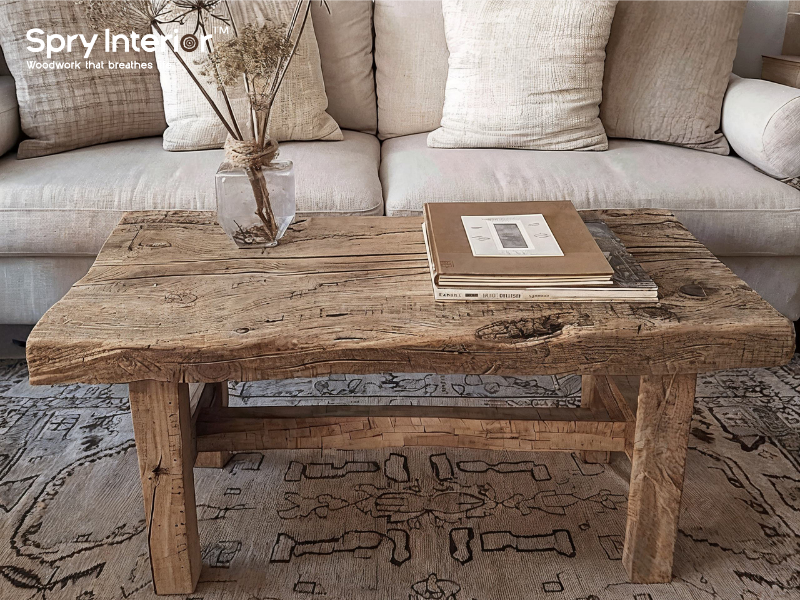

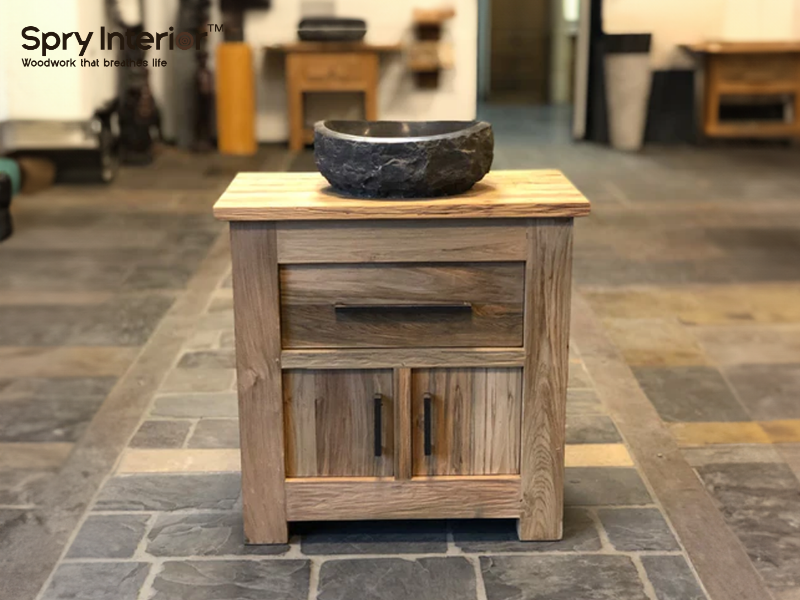
Leave a comment
This site is protected by hCaptcha and the hCaptcha Privacy Policy and Terms of Service apply.